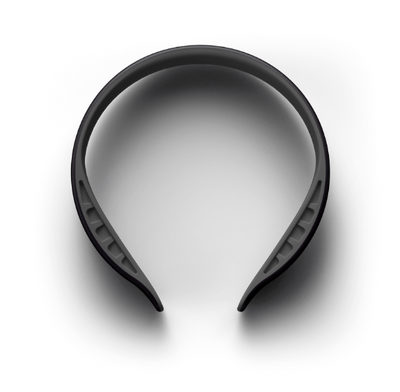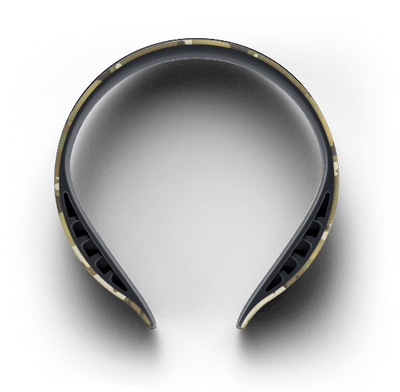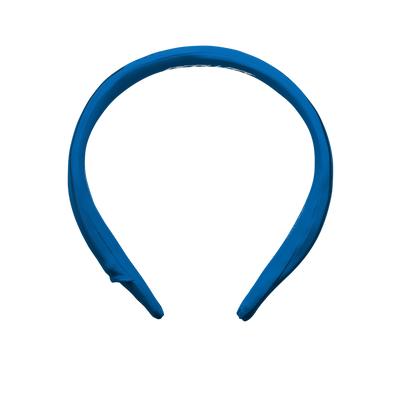Repetitive Head Impacts (RHI) are classified as smaller, repeated head impacts that, when sustained over a substantial period of time, can cause significant, negative long-term effects to the brain. These hits can be sustained through tackling, direct hits to the head/neck area, falls, constant high-frequency vibrations/G forces, and the shock of blast waves.
The risks and concerns associated with Repetitive Head Impacts have long been the subject of research, particularly regarding Chronic Traumatic Encephalopathy (CTE), the degeneration of the brain caused by repeated traumatic brain injuries.
Previously, it was thought that only concussive hits, impacts that resulted in a concussion or concussion-like symptoms, were the cause of significant brain damage. However, as more athletes, veterans, and Traumatic Brain Injury (TBI) survivors speak out about their mental and physical health struggles stemming from brain damage, the focus has turned to the lasting and dangerous impact RHI has on the human brain.
The CDC now indicates that “research to date suggests that CTE is caused in part by repeated traumatic brain injuries, including concussions, and repeated hits to the head, called sub-concussive head impacts.”[1]
This is further explained by Dr. Julian Bailes, the Chairman of the Department of Neurosurgery at NorthShore University HealthSystem and Chief Medical Advisor for Q30 Innovations, who states that “We’ve known for a few years that it’s not just the known or diagnosed concussions that may increase risk for CTE…It’s probably the exposure. It’s how many hits to the head that have occurred and at what velocity and what extent.” Therefore, athletes have the potential to sustain a number of these hits each season, without ever having a diagnosed concussion.

It is important to be aware of the potential for RHIs as an athlete, so you can take the appropriate measures to protect yourself while continuing to participate in sports. Implementing rule changes, reducing contact activities during practice and ensuring that techniques are taught properly are critical. A new device, the Q-Collar, has seen adoption at the youth, collegiate and professional levels following its authorization for use by the FDA, which found that athletes not wearing a Q-Collar were three times more likely to incur changes in the white matter of the brain compared to those who were wearing a Collar.
This ongoing problem is not specific to a single sport or group of sports. Any sport classified as a “contact sport” is indeed going to have, well, contact, and with this contact comes the risk of sub-concussive impacts to the brain. Football[2], hockey[3], and soccer[4] are the sports commonly associated with brain injury, however, through extensive research and the evolution of the understanding of Repetitive Head Impacts, many non-traditional sports like bobsledding, surfing, skiing, and horseback riding have been added to the list. As more research is done, there is no doubt more will be added, too.
To learn how the Q-Collar can help protect the brain from repetitive head impacts, check out our science page.
[1] https://www.cdc.gov/traumaticbraininjury/concussion/repeated-head-impacts.html
[2] https://www.phillyvoice.com/subconcussion-football-brain-function-cte-head-trauma-/
[3] https://www.rcinet.ca/en/2021/04/27/repeated-head-impacts-in-hockey-found-to-impair-brain/
[4] https://www.sciencenewsforstudents.org/article/concussion-head-hits-harm-young-brains








